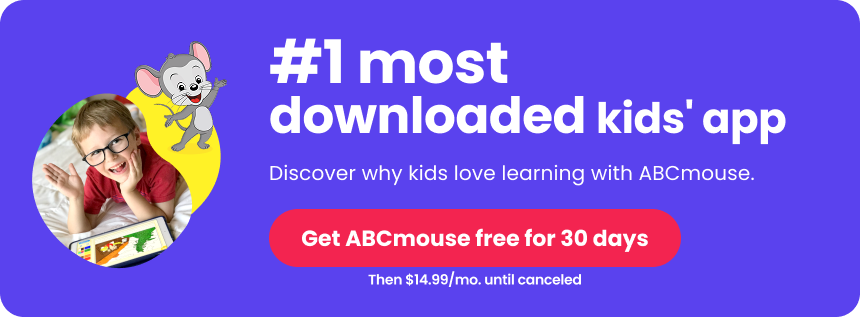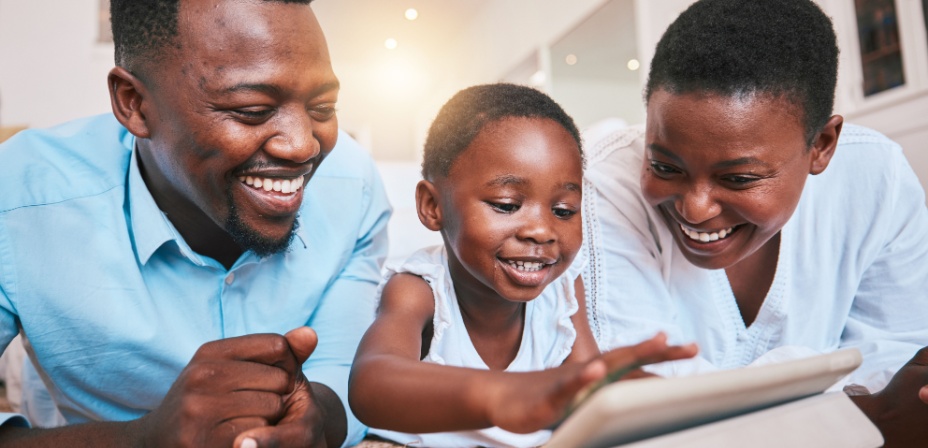
Gamify Learning: 7 Easy Ways to Make Learning Fun for Kids
Add a playful twist to everyday lessons with these simple ideas that gamify learning for kids.
Share
What is Gamification?
Gamified learning is an educational method that adds game-like features and concepts into the learning experience to boost engagement and motivation. It encourages a sense of competition, pushing learners to achieve more in an effort to outdo others or their own personal best. Gamified learning also offers rewards for progress, whether tangible, like stickers or treats, or intangible, like leaderboard rankings or new avatars.
Common gamification elements:
- leaderboards
- timers
- points
- achievement badges
- challenges or quests
- progression through levels or tiers
- rewards.
- storytelling–revealing new parts of a narrative as kids achieve learning goals
These elements add a game-like feeling to learning, making it more enjoyable and exciting.
Research Supports Gamified Learning
A comprehensive review of studies on the effects of gamification, published in Frontiers in Psychology in 2024, found that game-based learning can significantly improve reading and math skills in early childhood education. What’s more, the researchers found that, “Game-based intervention significantly improved students’ motivation and engagement compared to traditional instructional methods.”
Furthermore, the authors of another research study, titled “Exploring the impact of gamification on students’ academic performance: A comprehensive meta-analysis of studies from the year 2008 to 2023,” explain that “…by optimizing the learning process and enhancing learning outcomes, gamification plays a vital role in sustaining students’ engagement and other dimensions of their learning experience (Toda et al., 2019), foster learning persistence, facilitate communication (Zhao et al., 2022) and cultivate higher-order thinking skills among learners (Cheng et al., 2023).”
More research highlighting the benefits of game-based learning:
Online learning games offer a popular and effective way to gamify learning. Recent studies capture the benefits of digital educational games on children’s math and literacy skills, as well their social emotional learning and enhance cognitive development.
7 Fun Ways to Gamify Learning at Home or in the Classroom
With it’s proven ability to increase learning gains while adding fun and motivation, parents and teachers may increasingly look for ways to add gamification to their child’s or classroom’s learning.
As you plan how to gamify learning, remember that gamification doesn’t have to mean turning every lesson into a full-fledged game. Instead, you can incorporate some simple game elements into your curriculum or your child’s day-to-day learning. For example, you can add game-based elements to math practice with these 30 card games that teach math. For even more easy ideas, try these fun gamification examples with your learners!
1. Provide rewards through a learning store

Rewards are one of the major elements of gamification, and one that motivates like no other! A reward can be as simple as providing a treat each time a learner completes a task or more complex systems like points and badges.
One of our favorites? A learning store! Award points for specific tasks and achievements, then let kids “spend” them on small prizes.
2. Use leaderboards to motivate
Ranking learners can have both benefits and drawbacks, so it’s important to use leaderboards effectively and mindfully.
One option is to use anonymous names instead of real ones, so students are only aware of their own individual ranking rather than every classmate’s standing.
You can also use boards based on effort rather than achievement. For instance, learners could be ranked by the number of pages they’ve read or math problems they’ve completed, rather than on scores or levels.

3. Embark on a story-based quest
In a learning quest, students complete educational tasks to advance along a journey. You can use a premade quest-type learning game for this or try this simple option at home:
Try a Letter Bb Learning Quest, which could include 5 different activities with each activity ending in a clue or hint for the next one. For example, have your child complete a letter Bb worksheet for their first task, then sing along to a letter B song, then try a letter Bb puzzle, followed by a letter Bb game or craft. It’s always fun to end a quest with a treasure, such as a small prize or treat or an activity.
For older children, try picking a choose-your-own-adventure style book, and allow your child to make choices along the way as they complete specific lessons or other tasks. You’ll be amazed how motivating this can be!

4. Award learning badges

Badges are a low-cost (or no cost, if you use an online option) way to reward learners for specific tasks.
Remember to make them about both progress and achievement, so you might have badges like, “Spent 20 minutes a day reading every day for a month” and “Read 3 chapter books all on my own.”
Tip: Reward kids for persistence with a Mistake-Fixer Badge. They receive this after they’ve made and corrected a certain number of mistakes while they practice new skills.
5. Design and customize avatars
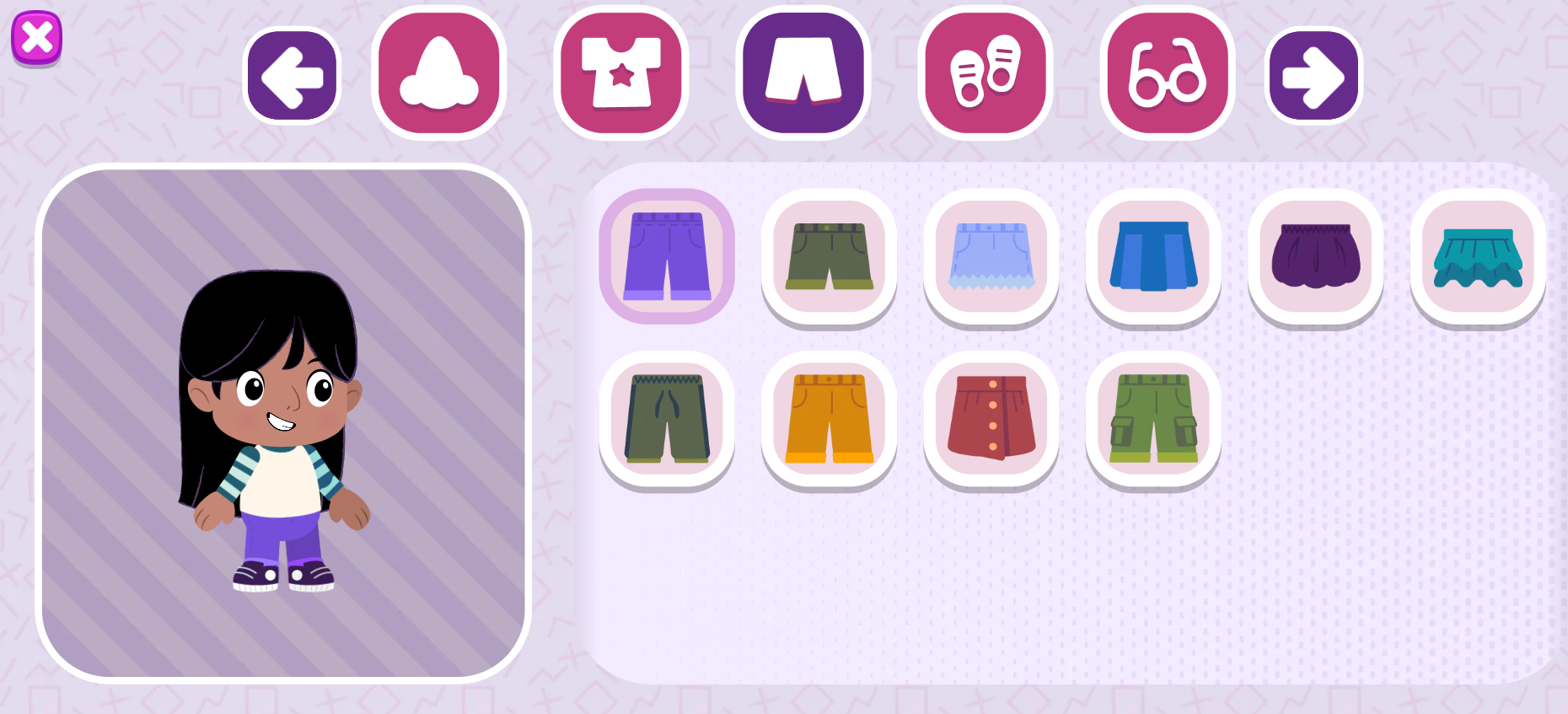
An avatar is a visual representation of a person playing a game. This can look a lot like the person in real life or be completely made-up. To use avatars in off-line learning, simply have kids draw a basic stick figure to start. As they progress, they can earn things like hair colors and styles, clothing, accessories, and more. You could use sticker packets that allow children to assemble faces, inviting them to add on facial features as they complete learning tasks.
This image is an example of a child’s avatar in the ABCmouse learning app.
6. Complete Mystery Missions

“Your mission, should you choose to accept it …” What a fun way to start a lesson! Turn learning into an adventure by reframing it as a special mission. For example, “Your mission is to rescue a cat stuck up in a tree. You’ll need to solve five math problems to find the right tree, read for 20 minutes to climb the tree, and answer three questions about your history reading to bring the cat down safely.” Be creative, and watch kids jump to complete their missions!
7. Boss Battles
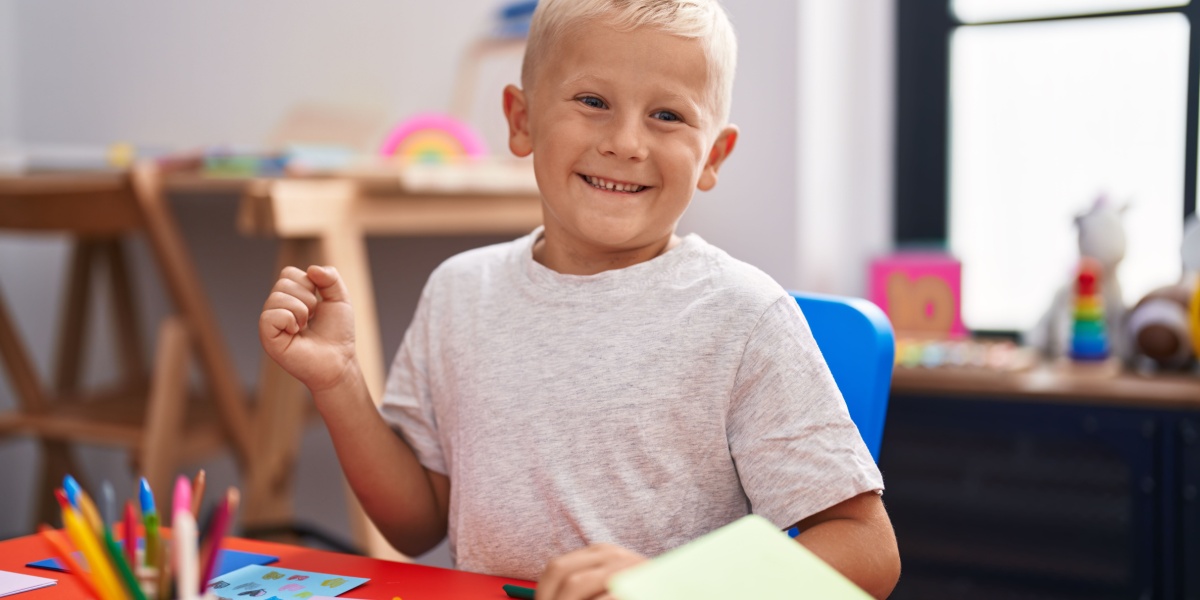
As kids complete lessons and practice exercises, they build up points that allow them to advance along a level to a final “Boss Battle.” In these battles, kids go head-to-head with a bigger challenge (like a quiz or test, an essay or report, or a project or presentation). If they score well enough, they beat the boss (a.k.a the quiz, essay, or project) and advance! If not, they can go back to try again.
ABCmouse is game-based learning!
Expert educators designed ABCmouse to gamify learning key foundational concepts for children ages 2-8. It’s also proven to double early learning gains in reading and math.*
*Age of Learning study; PreK kids; min. 2 day/wk & 1 hr/wk usage. See aofl.com/research for more info.
How ABCmouse gamifies learning:
- motivating reward system
- customizable avatar
- digital toys and prizes
- 10,000+ educational games and activities
- progression on learning path
- and more!
Benefits of Gamifying Learning
Gamifying learning not only makes it more fun, it also brings many other important benefits for children, including:
- Increased Engagement: When learning feels more like a game, kids are much more likely to feel excited about the experience. Interactive environments and immediate feedback keep them involved in the process. They look forward to making progress, and may even choose to play the games “just for fun.”
- Enhanced Motivation: If you’ve ever played a video game level over and over trying to beat the final boss, or spent endless time practicing a skill like shooting hoops to sharpen your skills for competition, you know the motivation games can provide. Gamification works in the same way, urging students to keep learning so they can beat the competition or earn coveted rewards.
- Improved Retention: In gamified learning, students are actively engaged in the process, rather than just passively receiving information. Plus, they often receive immediate feedback on their efforts. This can help learners retain information more effectively and avoid developing incorrect skills and practices.
- Personalized Learning: Gamified learning is often tailored to a student’s particular needs and interests. For instance, a child who loves athletics may be more excited to learn if their lessons incorporate elements of their favorite sports. Kids who enjoy stories will want to keep learning so they can find out what happens next in a narrative game.
- Better Social Skills: When kids play learning games with others, they develop all sorts of social emotional skills. If it’s a competition, they learn to play fair and be a gracious winner or loser. If the learning game is cooperative, they must work as an effective part of a team. Either way, they benefit from better communication and emotional regulation skills.
- Growth Mindset Development: Gamification can take a little pressure off of a learner, ensuring them it’s okay to make mistakes as long as they keep trying. Immediate feedback gives kids a chance to go back and try again, persisting until they get it right and earn the reward they’re working towards.
Gamify Learning with Free Online Learning Games
One of the easiest and most effective ways to gamify learning is with online learning games designed by experts to educate, engage, and motivate kids. Online educational games can enhance cognitive development, reinforce reading and math concepts, promote problem-solving, and improve engagement, motivation, and social skills, making them a valuable resource for education and personal growth. Learn all about the benefits of online learning games here.
Free-to-play learning games from ABCmouse
With a commitment to making learning fun and accessible to as many children as possible, ABCmouse offers hundreds of digital educational games for free. Kids ages 2-8 can enjoy free online games focused on math, reading, science, social studies, art, and more. Check out our entire library of free games here.
Examples of Gamified Learning: Free Online Learning Games from ABCmouse
Word Pop: C is for Cot, Cut, and Cub
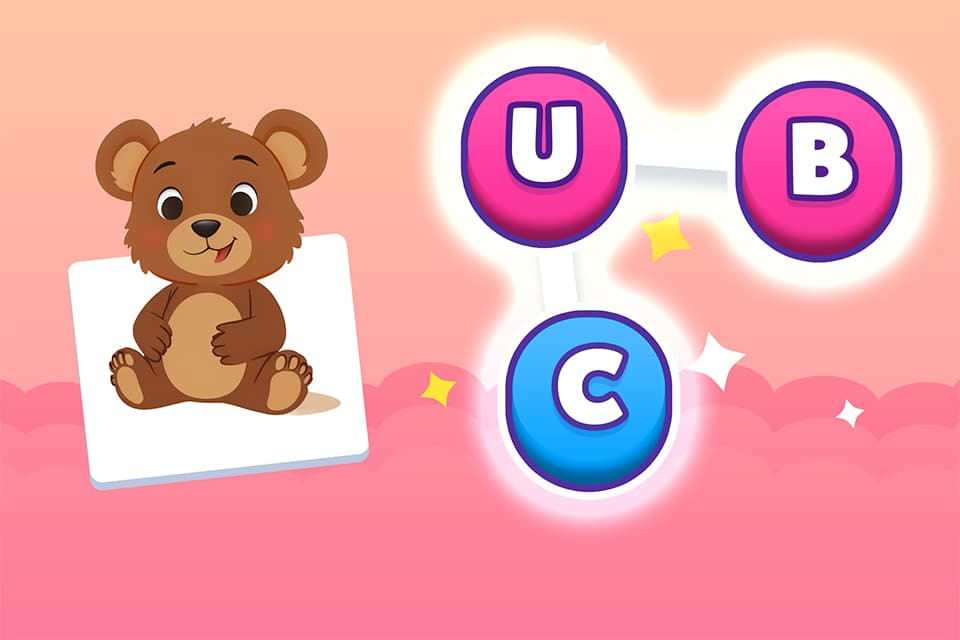
Look at the pictures and listen to each word, then spell the word by connecting the correct letters together!
Number Grab: Number 1
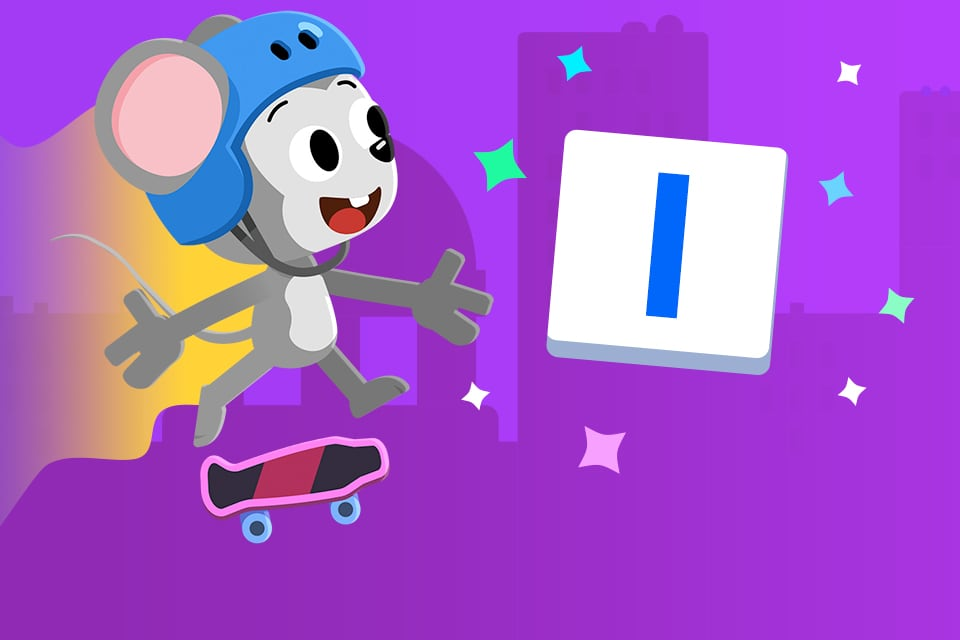
As ABCMouse races through the city on his skateboard, help him find and catch all of the number 1s as they zoom by!
Memory Match: Colors
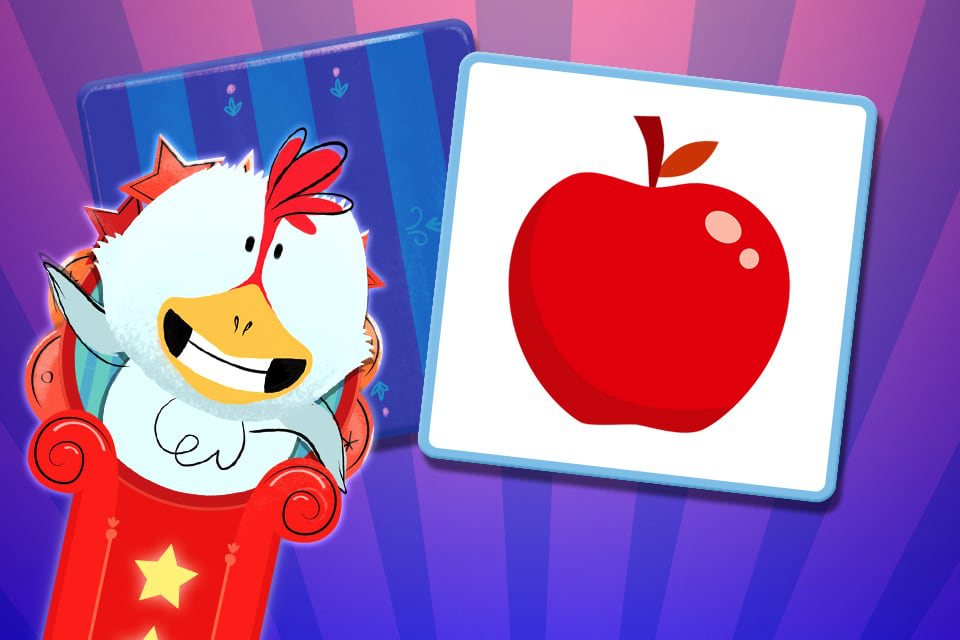
Kids can test their memory while practicing with colors in this game for toddlers, preschoolers, and kindergartners.
Frog Feeder: Letter s

This frog sure is hungry, but he only wants flies with the letter S! Tap the correct fly and watch the frog catch it with it’s tongue.
Gamify Learning FAQ:
What is gamified learning?
Gamified learning is a teaching strategy that integrates game elements into the educational process to increase engagement and motivation. By introducing a sense of competition, it inspires learners to improve—whether by outperforming others or surpassing their own previous achievements. Progress is rewarded through incentives, motivating learners through immediate feedback and prizes.
Does gamification improve learning?
Research indicates game-based learning significantly boosts young children’s reading, math skills, motivation, and engagement compared to traditional methods. Explore the research into gamification and game-based learning here.
What are key features of gamified learning?
Incorporates Game Elements:
Gamified learning brings in features like points, badges, leaderboards, and rewards to inspire and energize students as they learn.
Turns Lessons into Adventures:
Game-based learning transforms standard educational tasks into dynamic, interactive activities that are fun, immersive, and easier to remember.
Boosts Student Motivation:
Game-inspired components make learning more appealing, helping students stay motivated and engaged, which often leads to better academic results.
Encourages Interaction and Teamwork:
By promoting both friendly competition and collaboration, game-based learning creates opportunities for students to work together and support one another.
Flexible Across Learning Environments:
Gamifying learning works well in many contexts—whether in the classroom, at home, or in digital learning platforms.
How can I make learning more fun for my child at home?
Game-based-learning is a great way to make learning more fun and it can be as simple as offering small treats as kids meet learning goals, or inviting kids to compete to see who can earn the highest score on a learning game. Watch what motivates your child when you play board games or video games, and find ways to include those elements in their learning experiences.
Legal disclaimer: Any information, materials, or links to third-party resources are provided for informational purposes only. We are not affiliated with and do not sponsor/endorse these third parties and bear no responsibility for the accuracy of content on any external site. All information provided in this article is current as of May 2025.
References:
Zeng, J., Sun, D., Looi, C.-K., & Fan, A. C. W. (2024). Exploring the impact of gamification on students‘ academic performance: A comprehensive meta-analysis of studies from the year 2008 to 2023. British Journal of Educational Technology, 55, 2478–2502. https://doi.org/10.1111/bjet.13471
Alotaibi MS (2024) Game-based learning in early childhood education: a systematic review and meta-analysis. Front. Psychol. 15:1307881. Doi: 10.3389/fpsyg.2024.1307881


